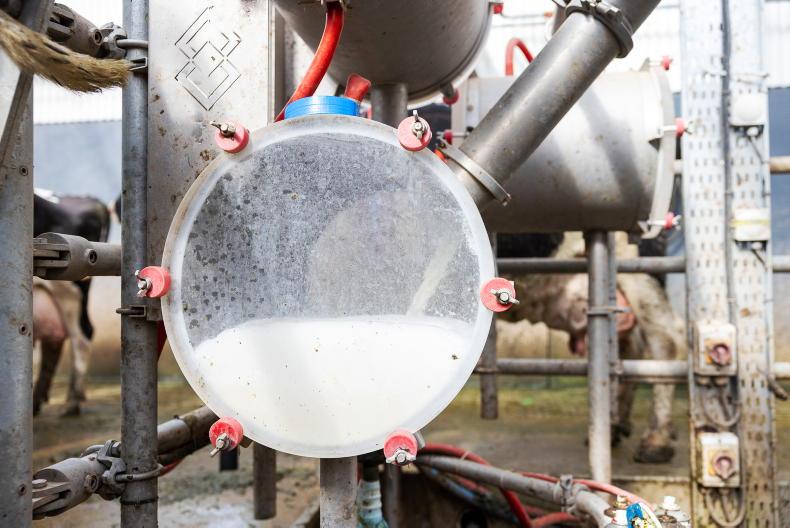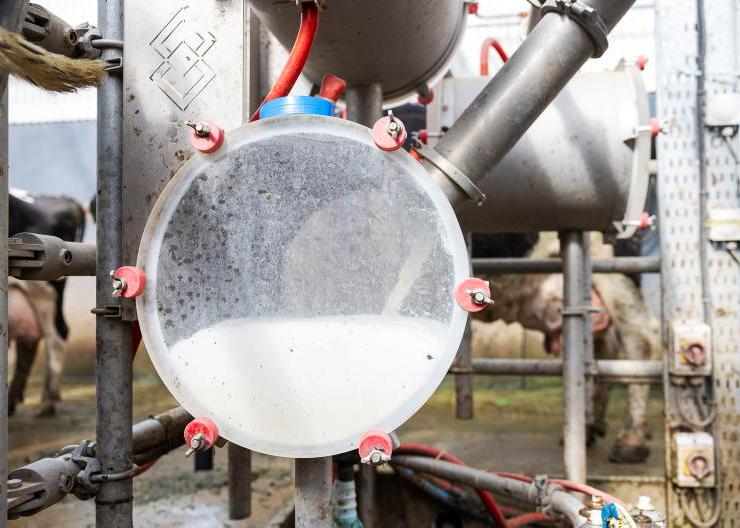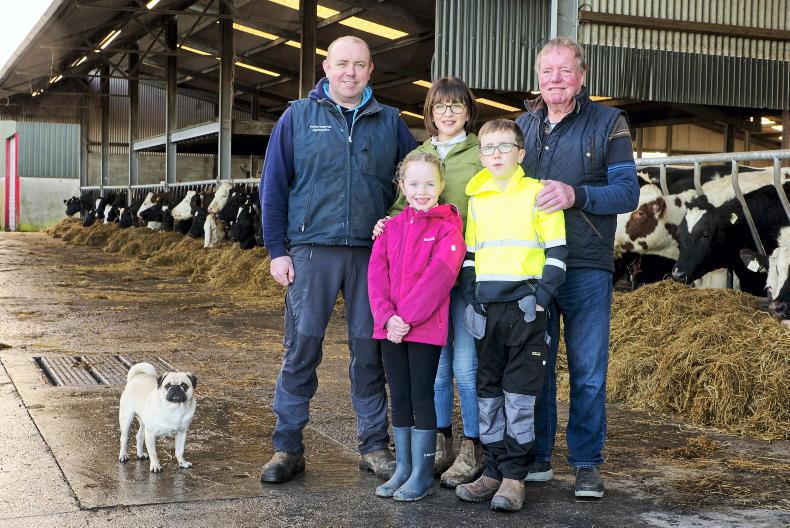The evolution of milk pricing in NI means that farmers will be paid from one of two payment models.
The first option is the standard litre model, whereby fat and protein have a fixed financial value for every 0.01% increment over a base level.
The second is the A+B-C model, where A is the value of 1kg of protein, B is the value of 1kg of butterfat and C is a cost deduction based on the volume produced. The big difference to the first payment model is that the value of fat and protein is not fixed and changes as base price rises or falls.
A common question posed by farmers is which model pays the highest milk price?
The answer to that depends on milk quality. High solids producers are usually better rewarded under an A+B-C model and vice versa.
However, for most farmers around the NI average, it makes little difference. Ultimately, it is base price that really matters.
Example
To put some context around the two models, our analysis looks at two farmers each supplying 750,000 litres annually.
Herd A produces high solids at 4.5% butterfat and 3.4% protein, while herd B is producing milk at 4.02% butterfat and 3.19% protein.
In our traditional increment model we have valued each 0.01% change in butterfat at 0.04p/l from a base of 3.95% and protein at 0.065p/l from a base of 3.25%.
Base price is set at 40p/l. Annual milk sales for herd A come to £323,813, which is £24,638 ahead of the £299,175 for Herd B.
A+B-C
Under the second payment model, milk is priced under A+B-C with a base price of 40p/l. Protein has twice the value of butterfat and a 3.5p/l deduction is included for the C element.
At the outlined base price and component ratio, fat is valued at £4.04/kg with protein valued at £8.08/kg.
For herd A, annual milk sales come to £326,638, or £2,826 more than the increment payment model for the same fat and protein.
Annual sales for herd B come to £298,533, which is down £642 on sales when the traditional increment model is used.
Higher yield
Our examples make no allowance for volume bonuses. But, in reality, for anyone close to a 1m litre threshold, there is a clear financial incentive to drive overall output rather than milk solids, irrespective of the payment system used.
In the Republic of Ireland, there are no volume bonuses, so it is a dynamic that does not exist within their A+B-C model.
Tipping point
There is also a tipping point between the two NI payment systems, dependent on base price, due to the fact that this price drives the value of fat and protein in the A+B-C model.
In our example, when base price falls to around 35p/l, the value of milk sales from herd A is the same from both the A+B-C and traditional increment models. However, if base price rose to 45p/l, this high solids producer is nearly £6,000 better off when the A+B-C model is used.










SHARING OPTIONS